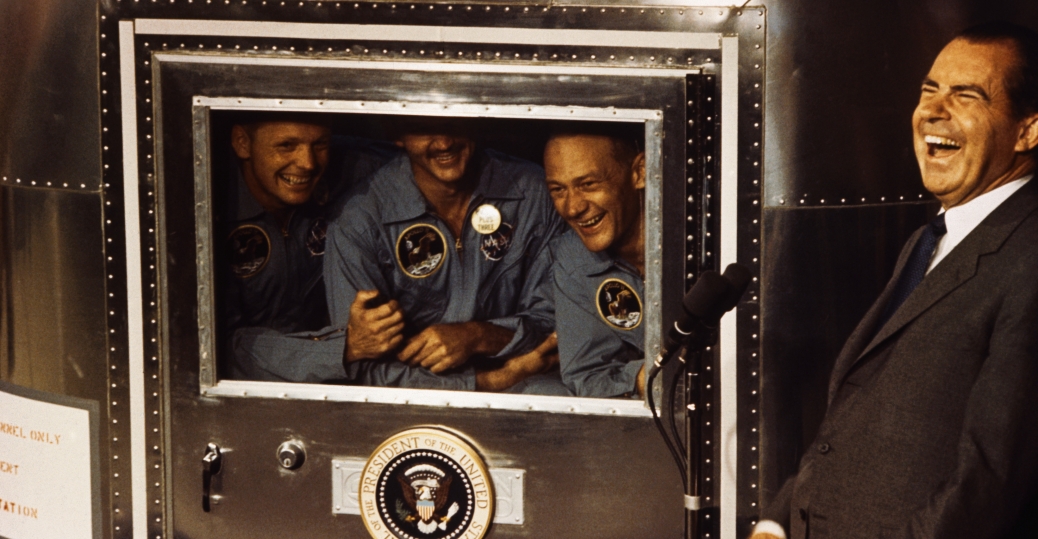Even your average Silicon Valley billionaire would find it difficult to gain and maintain a footing on the Moon and Mars and more if playing by the established economics of Big Space. Fortunately, the increasing power and diminishing costs of components in the supercomputers in our pockets have enabled Little Space to compete, turning out satellites and such for a fraction of what it would cost NASA.
It’s this Space Race 2.0 at the heart of Freeman Dyson’s New York Review of Books piece in which he reviews a raft of recent titles on the topic. The scientist-writer frets about NASA and other government bodies for their excessive risk-aversion while acknowledging the cheap-enough-to-fail model may not be bold enough to enable us to fan out among the stars this century. He also analyzes the medium-size methods of deep-pocketed entrepreneurs like Elon Musk, who dream big while trying to trim costs like the little guys.
Ultimately, the reviewer is dissatisfied with all the books because they each focus on engineering to the exclusion of biotechnology, ignoring outré-but-not-impossible visions from the febrile mind of pioneering Russian rocket scientist Konstantin Tsiolkovsky, who prophesied there would be a time centuries in the future when we could alter and create species to enable them to assimilate in space.
In one passage about more immediate matters, Dyson offers a common-sense retort to NASA’s fear of falling, arguing mistakes we’ve made on Earth with enclosed habitats like Biosphere 2 aren’t ones we’re destined to repeat. The excerpt::
Charles Wohlforth and Amanda Hendrix’s Beyond Earth describes the prospects for future manned space missions conducted within the Big Space culture. The prospects are generally dismal, for two reasons. The authors suppose that a main motivation for such missions is a desire of humans to escape from catastrophic climate change on Earth. They also suppose any serious risks to the life and health of astronauts to be unacceptable. Under these conditions, few missions are feasible, and most of them are unattractive. Their preferred mission is a human settlement on Titan, the moon of Saturn that most resembles Earth, with a dense atmosphere and a landscape of gentle hills, rivers, and lakes.
But the authors would not permit the humans to grow their own food on Titan. Farming is considered to be impossible because an enclosed habitat with the name Biosphere Two was a failure. It was built in Arizona and occupied in 1991 by eight human volunteers who were supposed to be ecologically self-sufficient, recycling air and water and food in a closed system. The experiment failed because of a number of mistakes in the design. The purpose of such an experiment should be to learn from the failure how to avoid such mistakes in the future. The notion that the failure of a single experiment should cause the abandonment of a whole way of life is an extreme example of the risk-averseness that has come to permeate the Big Space culture.
Farming is an art that achieved success after innumerable failures. So it was in the past and so it will be in the future. Any successful human settlement in space will begin as the Polynesian settlements in the Pacific islands began, with people bringing pigs and chickens and edible plants on their canoes, along with the skills to breed them. The authors of Beyond Earth imagine various possible futures for human settlement in various places, but none of their settlers resemble the Polynesians.•
Tags: Freeman Dyson

